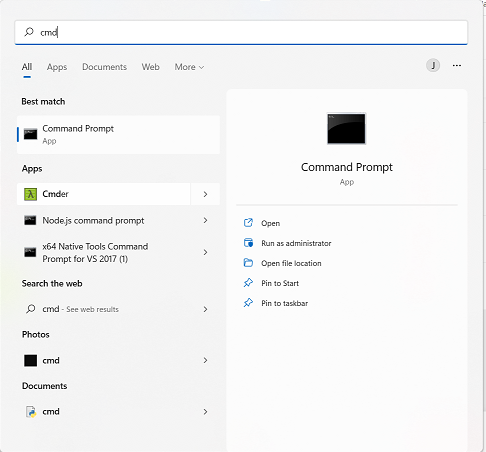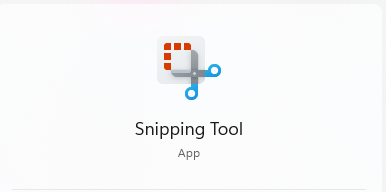Introduction to Linux cloud computing and cloud tools
Linux cloud computing is the use of Linux-based operating systems and tools to create, deploy, and manage cloud-based applications and services. Here are some key concepts and tools in Linux cloud computing:
- Cloud Computing: Cloud computing refers to the delivery of computing services, such as storage, networking, and applications, over the internet. Cloud computing enables organizations to scale their IT infrastructure more easily and cost-effectively.
- Virtualization: Virtualization is the use of software to create virtual instances of physical hardware. Virtualization enables organizations to create and manage multiple virtual machines on a single physical server.
- Containerization: Containerization is the use of container software, such as Docker, to create and deploy applications in a lightweight, portable container. Containers enable organizations to run applications more efficiently and easily move them between different environments.
- Infrastructure as Code (IaC): IaC is the practice of using code to manage and automate the configuration and deployment of IT infrastructure. IaC tools, such as Terraform and Ansible, enable organizations to manage their cloud infrastructure more easily and effectively.
- Cloud Service Providers: Cloud service providers, such as Amazon Web Services (AWS), Microsoft Azure, and Google Cloud Platform (GCP), offer a range of cloud-based services, such as computing, storage, and networking, to enable organizations to run their applications and services in the cloud.
- Cloud Management Tools: Cloud management tools, such as Kubernetes and OpenShift, enable organizations to manage their cloud infrastructure and applications more easily and effectively. These tools provide features such as automated scaling, rolling updates, and container orchestration.
By leveraging these concepts and tools, organizations can create, deploy, and manage their cloud-based applications and services more efficiently and effectively using Linux.






